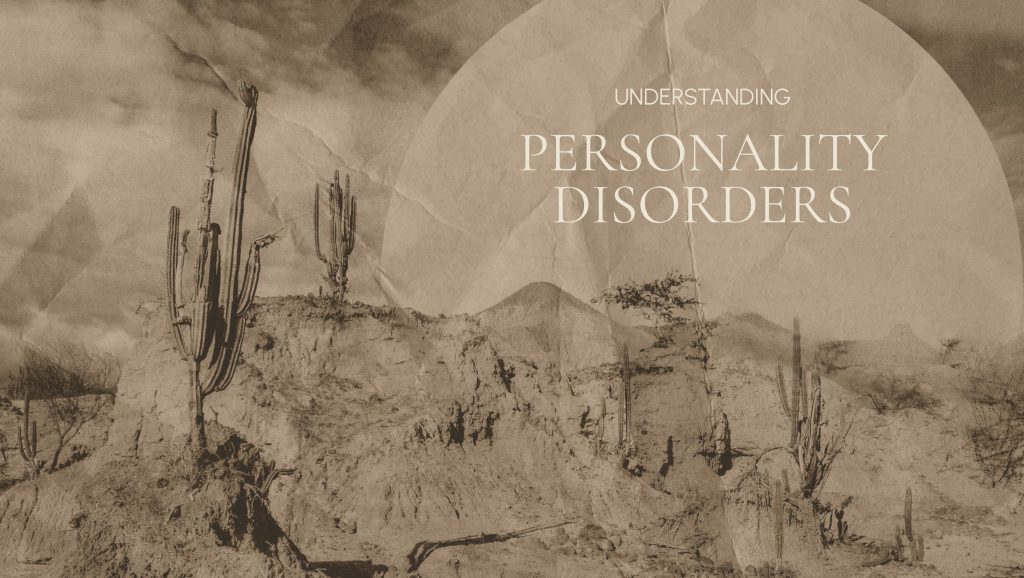Understanding Personality Disorders
Personality disorders are a group of mental health conditions characterized by enduring patterns of thinking, feeling, and relating that differ significantly from cultural and relational norms. These patterns typically begin in adolescence or early adulthood and remain relatively stable over time. While they often develop as adaptations to early relational or environmental stressors, they can lead to considerable distress or challenges in interpersonal relationships, emotional regulation, self-concept, and occupational functioning. Unlike episodic mental health conditions, these patterns reflect deeply ingrained ways of experiencing and responding to the world.

There are ten recognized personality disorders, grouped into three clusters:
- Cluster A: Paranoid, Schizoid, and Schizotypal Personality Disorders. Individuals may appear odd or eccentric, have difficulty relating to others, and often display peculiar beliefs or behaviors.
- Cluster B: Antisocial, Borderline, Histrionic, and Narcissistic Personality Disorders. This cluster is characterized by intense emotionality, impulsivity, dramatic behavior, and often turbulent relationships.
- Cluster C: Avoidant, Dependent, and Obsessive-Compulsive Personality Disorders. Individuals in this cluster tend to be anxious, fearful, and often have difficulty making decisions or asserting themselves.
It’s important to understand that individuals with personality disorders are often experiencing significant internal distress, even if their outward behaviors appear disruptive or challenging to others. These deeply ingrained patterns are often coping mechanisms developed in response to early life experiences, including trauma, neglect, or invalidation. While historically viewed as difficult to treat, modern therapeutic approaches offer significant hope and pathways to healing.
HOW CAN WE HELP YOU?
Our dedicated team is committed to supporting clients and their families throughout their therapeutic journey.
